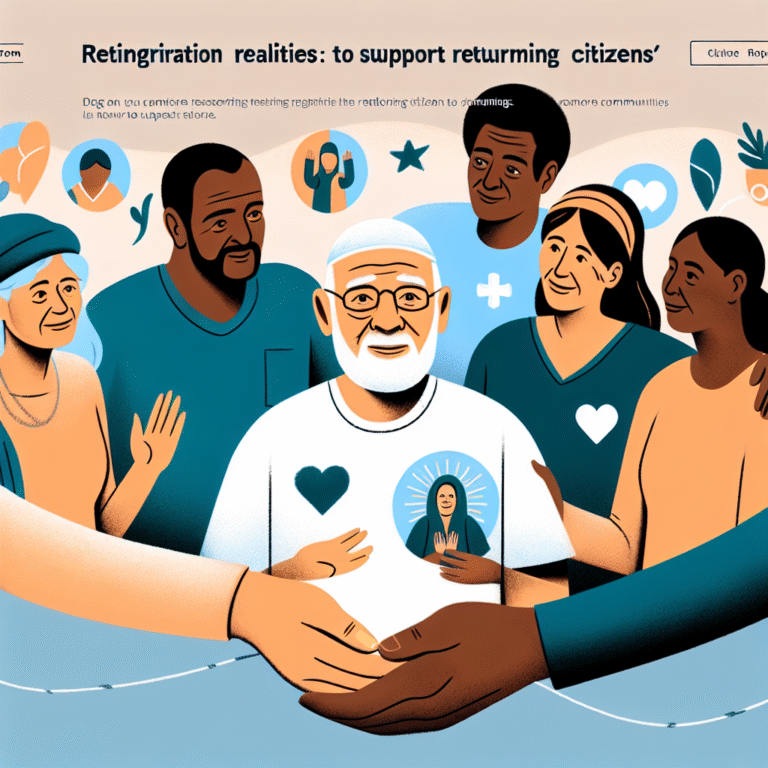
Introduction
In the fast-paced world of leadership, the ability to inspire confidence in others is invaluable. But what’s the secret sauce that enables certain leaders to cultivate this essential trait? Enter the concept of self-efficacy. Rooted in psychological theory, self-efficacy refers to one’s belief in their ability to succeed in specific situations, impacting not only personal performance but also the attitudes and behaviors of those around them. This article delves into The Connection Between Self-Efficacy and Leadership: Inspiring Confidence in Others, exploring how this symbiotic relationship can elevate teams and organizations to new heights.
Understanding Self-Efficacy
What is Self-Efficacy?
Self-efficacy, a term coined by psychologist Albert Bandura, is the belief in one’s abilities to exert control over their own motivation, behavior, and social environment. It can significantly impact how individuals approach goals, tasks, and challenges. Leaders with high self-efficacy are more likely to take initiative, persist in the face of obstacles, and maintain a positive outlook, influencing their teams positively.
Why Does Self-Efficacy Matter in Leadership?
Leaders with high self-efficacy not only see themselves as capable but also convey this belief to their team. This creates an environment where team members feel confident and empowered to take risks, innovate, and contribute meaningfully.
The Connection Between Self-Efficacy and Leadership
Building Trust and Rapport
The first step in understanding The Connection Between Self-Efficacy and Leadership: Inspiring Confidence in Others lies in the relationship built on trust and rapport. Leaders who exhibit self-efficacy often earn the trust of their followers, as their confidence inspires belief in others.
Case Study: Google’s Leadership Approach
Google’s leadership philosophy emphasizes psychological safety and encouraging team members to voice their ideas without fear. This environment fosters self-efficacy among employees, which, in turn, enhances their performance and creativity. Employees at Google report feeling more confident in sharing their thoughts, leading to innovative solutions and improved productivity.
Effective Communication
High self-efficacy correlates with effective communication skills, allowing leaders to articulate their visions clearly. When leaders express their beliefs confidently, they naturally inspire confidence in those around them.
Key Points to Highlight:
- Confidence in communication leads to stronger team dynamics.
- Leaders who express themselves effectively can motivate and align their teams towards common goals.
Analyzing Challenges and Opportunities
Leaders with strong self-efficacy approach obstacles as opportunities for growth rather than insurmountable challenges. This mindset is contagious; when leaders model resilience and problem-solving, their teams adopt similar attitudes.
Case Study: Tesla’s Good-to-Great Journey
Consider how Elon Musk approaches challenges at Tesla. His belief in the possibility of electric vehicles and sustainable energy solutions has inspired a workforce that remains committed even amidst setbacks. His self-efficacy is not just about personal belief; it translates into collective confidence, pushing the entire company forward despite challenges.
Developing Self-Efficacy in Leadership
1. Setting Achievable Goals
To foster self-efficacy, leaders should set achievable but slightly challenging goals. Achieving these goals boosts confidence and encourages the same in team members.
2. Encouraging Skill Development
Investing in skill development not only enhances leadership capabilities but also promotes a culture of learning within teams. By facilitating workshops and training, leaders can reinforce self-efficacy across organizational levels.
3. Providing Constructive Feedback
Constructive feedback helps team members understand their strengths and areas for improvement, reinforcing their belief in their abilities.
Table: Key Strategies for Developing Self-Efficacy in Leadership
| Strategy | Description | Impact on Confidence |
|---|---|---|
| Setting Achievable Goals | Establish clear but challenging goals for teams. | Builds trust and motivation |
| Encouraging Skill Development | Offer training and resources for continuous learning. | Enhances capability and confidence |
| Providing Constructive Feedback | Deliver feedback in a way that focuses on growth. | Fosters resilience and self-belief |
The Ripple Effect of Self-Efficacy in Leadership
Self-efficacy doesn’t just stop at the leader; it has a cascading effect on the entire organization. Teams that feel confident are more engaged and willing to take on challenges.
Case Study: Zappos’ Empowered Workforce
Zappos is known for its unusual yet effective company culture, where self-efficacy is deeply instilled. By empowering employees to make decisions, Zappos fosters a culture of self-efficacy, enabling employees to provide exceptional customer service, enhance job satisfaction, and drive company success.
Challenges to Building Self-Efficacy and Confidence
Despite the clear benefits of high self-efficacy in leadership, obstacles can arise. The fear of failure and societal pressures can hinder an individual’s belief in their capabilities.
Overcoming Imposter Syndrome
Imposter syndrome can dampen self-efficacy. Leaders must acknowledge these feelings but not allow them to dictate actions. By embracing vulnerabilities and leveraging strengths, leaders can maintain confidence in themselves and inspire their teams.
Real-World Applications of Self-Efficacy in Leadership
Corporate Examples
-
Apple Inc.: Steve Jobs’ unwavering belief in his vision for Apple inspired confidence within his team, leading to innovation that reshaped technology.
- Indra Nooyi at PepsiCo: Nooyi’s self-efficacy allowed her to navigate complex challenges and pivot the company towards healthier product options, gaining trust and engagement across the board.
Table: The Impact of Leaders on Team Self-Efficacy
| Leader | Company | Key Contribution to Self-Efficacy |
|---|---|---|
| Steve Jobs | Apple Inc. | Visionary thinking that inspired innovation. |
| Indra Nooyi | PepsiCo | Pioneered healthier initiatives and employee engagement. |
Conclusion
In the evolving landscape of leadership, understanding The Connection Between Self-Efficacy and Leadership: Inspiring Confidence in Others is crucial. Leaders who instill confidence not only enhance their effectiveness but also create a positive, empowering environment that elevates the entire organization. As we look forward to the future of leadership, let’s focus on developing self-efficacy within ourselves and our teams. Confidence is infectious; when leaders believe in themselves, they inspire others to do the same.
FAQs
1. What is self-efficacy?
Self-efficacy is the belief in one’s ability to succeed in particular situations or accomplish tasks. It plays a critical role in motivating individuals to take on challenges.
2. How can leaders develop self-efficacy?
Leaders can develop self-efficacy by setting achievable goals, encouraging continuous learning, and providing constructive feedback to themselves and their teams.
3. Why is self-efficacy important for leadership?
High self-efficacy allows leaders to inspire confidence, motivate their teams, and approach challenges positively, directly impacting organizational success.
4. Can self-efficacy be learned?
Yes, self-efficacy can be learned and enhanced over time through experience, training, and support from peers and mentors.
5. What are some common barriers to self-efficacy?
Common barriers include fear of failure, negative past experiences, and external societal pressures that undermine personal confidence.
By focusing on the connections between self-efficacy and effective leadership, aspiring leaders can cultivate an atmosphere of empowerment and confidence, inspiring others to unleash their full potential.


















